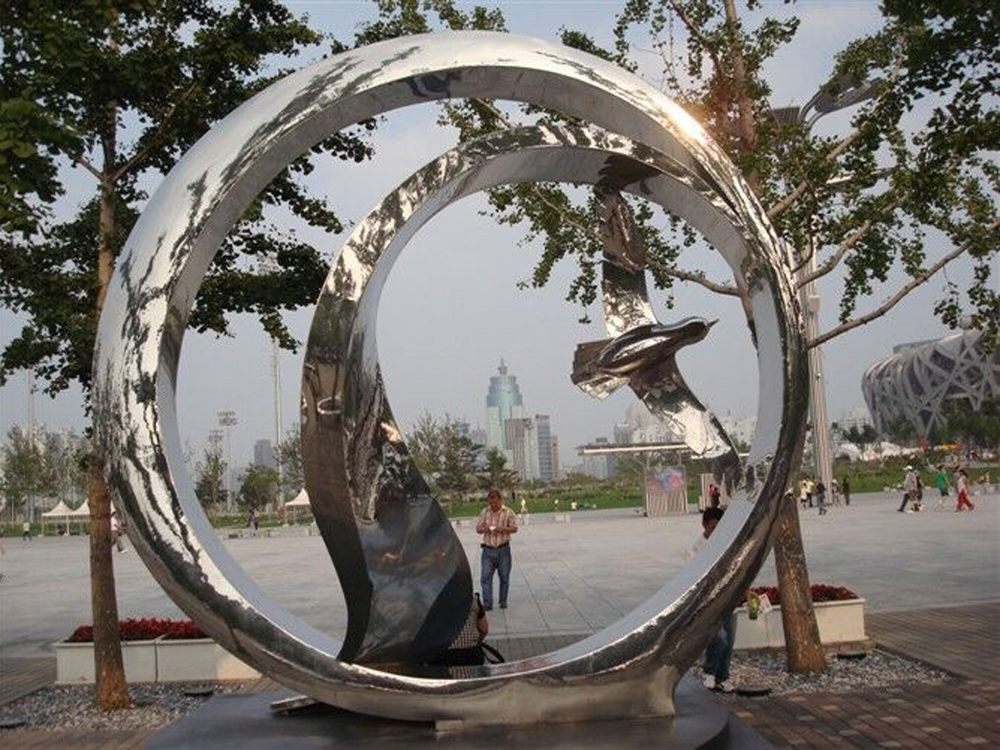
Bronze sculptures and graffiti or street art occupy vastly different spaces in public perception, each evoking unique reactions rooted in tradition, legality, and cultural context. While bronze statues often symbolize historical reverence and institutional approval, graffiti and street art frequently challenge authority and reflect contemporary urban voices.
The public tends to view bronze sculptures as permanent, dignified additions to civic spaces, often associated with memorials or classical artistry. Their longevity and material value lend them an air of legitimacy, making them widely accepted—even if sometimes overlooked in daily life. In contrast, graffiti and street art polarize audiences; some celebrate their vibrancy and social commentary, while others dismiss them as vandalism.
Accessibility also shapes reception. Bronze sculptures require significant funding and formal commissions, aligning them with elite cultural narratives. Street art, however, emerges organically, often democratizing art by engaging directly with communities. Yet, its transient nature and illegal origins can undermine its perceived value.
Ultimately, public reception hinges on context: bronze sculptures anchor collective memory, while graffiti and street art spark dialogue. Both forms enrich urban landscapes, but their acceptance reflects deeper societal attitudes toward art, ownership, and public space.

